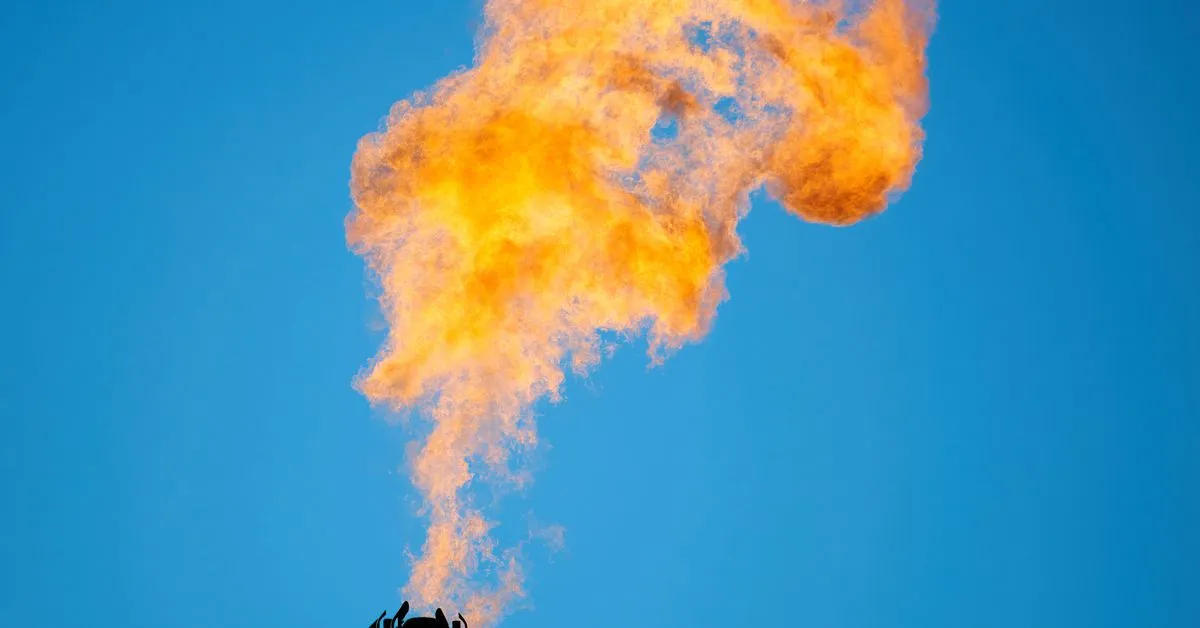Tapping into the existing infrastructure.
“The miners are not taking away the gas from the people who need it,” he said.
Sergii Gerasymovych, CEO and co-founder of EZ Blockchain, said, “One oil well has enough natural gas to power 1.5 megawatts of electricity continuously. And there are thousands of them.” When he was looking for cheaper sources of power in 2018, he found out that flaring gas from oil wells creates much more CO2 emissions than cars. He liked the idea of using energy that would otherwise be wasted, as well as potentially assisting the environment, by using gas that causes climate change.
However, using associated gas for bitcoin mining or any other purpose is technologically challenging and not as cheap as it can seem. Generators producing 1 megawatt of power from such sources can cost up to $700,000. And for a 10-megawatt farm, it would be $5 million, plus $1 million for installation works.
Proponents of crypto mining using associated gas argue that it helps avoid pollution from flaring and puts the gas to work instead of wasting it. But does it help the environment? The question is heavily contested. Opponents say that bitcoin mining makes oil drilling more profitable and keeps it relevant longer than it should be, therefore delaying a switch away from fossil fuels.
Using the associated gas to mine crypto might even be a more profitable way to deal with it than selling the gas as fuel. Last February, consulting firm Vygon Consulting estimated that using the associated gas available in Russia could bring miners up $1.4 billion a year in revenue, while selling the associated gas is only earning $77 million for the oil and gas companies.
However, using associated gas for mining is not without problems and miners don’t use it that often. With the current price of bitcoin and the regulatory uncertainty, bitcoin offers a minimal bonus to the oil and gas profits. An operation that can power a one-megawatt farm would produce about 420 barrels of oil a day. With the oil prices around $75 for a barrel and the bitcoin price of today, the company would make $1,200 from mining and $18,000 from oil production.
Joshua Archer, Greenpeace USA bitcoin campaign lead, believes this argument is only good until the bitcoin price rises. When the price gets more attractive, so will mining on the oil fields, further encouraging the oil drilling, which simply should stop.
Greenpeace is advocating for bitcoin to switch away from the energy-consuming proof-of-stake mechanism altogether. On the other hand, from an emissions point of view, turning associated gas into electricity is better than flaring.
Troy Cross, professor of philosophy and humanities at the Reed College, believes another plus of the flare gas mining is that miners normally use the sites where they are not competing for that associated gas and tapping into the existing infrastructure.
Sergii Gerasymovych believes bitcoin mining on associated gas deserves support, not blackballing from environmentalists. He said, “Bitcoin miners are on their own. We don’t have special finances, government subsidies [like wind or solar energy producers do]. We succeed on our own and we fail on our own. But if it’s an environmental issue, we should work on this together.”
